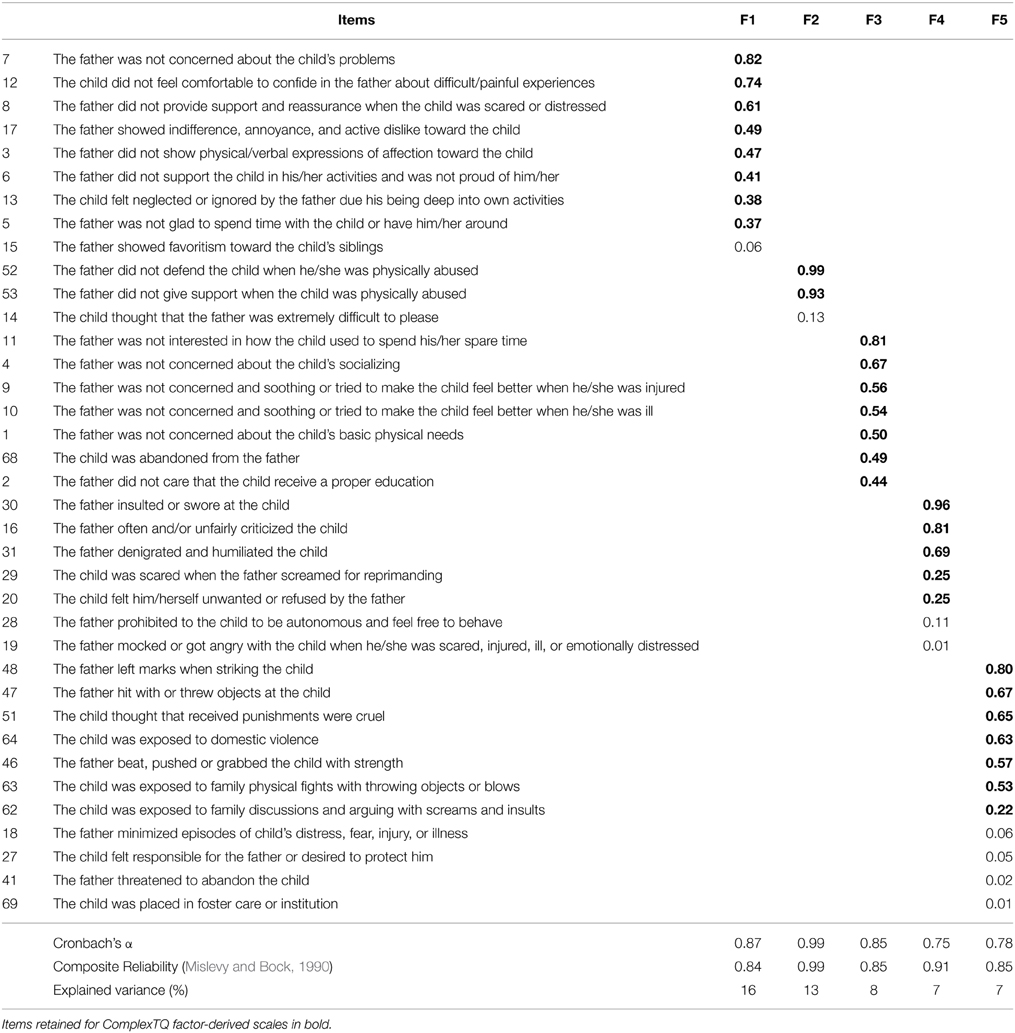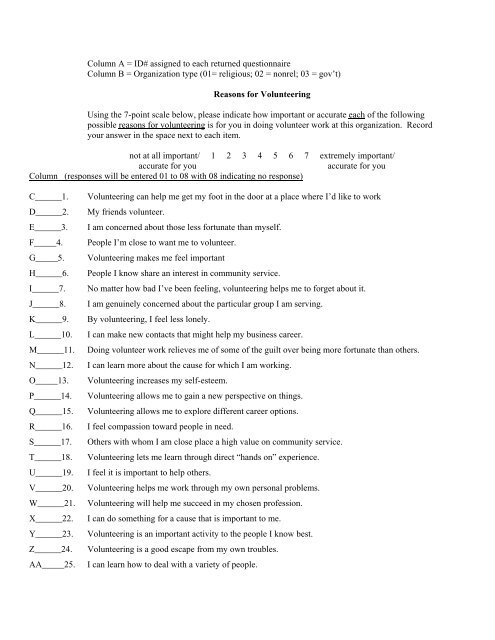

These initial findings suggest that the Childhood Trauma Interview is a reliable and valid method for brief assessment of multiple dimensions of six types of childhood interpersonal trauma. In the field of childhood trauma research, it is common to assess childhood trauma by self-reported questionnaires. 107 They used the following definitions of abuse and neglect in both measures. 107 Researchers sought to develop an assessment that covered a wide range of abuse while conserving reliability and validity in a 5-min screening measure. Without exception, convergent correlations were significantly higher than discriminant correlations, and convergence was improved when multidimensional variables from the Childhood Trauma Interview and their interactions were regressed onto Childhood Trauma Questionnaire scores. The Childhood Trauma Questionnaire-Short Form (CTQ-SF) was derived from the Childhood Trauma Questionnaire, a 70-item, Likert scale questionnaire that measures five subsets: emotional abuse, physical abuse, sexual abuse, emotional neglect, and physical neglect. Since these six factors exactly represented the areas that the interview was designed to assess, the construct validity of the Childhood Trauma Interview was supported. Principal-components analysis yielded six rotated factors that accounted for 74% of the variance among scores: separations and losses, physical neglect, emotional abuse or assault, physical abuse or assault, witnessing violence, and sexual abuse or assault. Interrater reliability for the majority of trauma dimensions measured by the Childhood Trauma Interview was very high (63% had intraclass correlations above 0.90).

Convergent and discriminant validity for the Childhood Trauma Interview were tested by comparing correlations between analogous and nonanalogous trauma scales to those of the Childhood Trauma Questionnaire. This questionnaire is a shortened version of the 70-item Childhood Trauma Questionnaire (Bernstein et.al, 1997). The CTQ measures childhood trauma using five The CTQ was administered during the young adult follow-up (ages 1823) via a paper and pencil questionnaire. The Childhood Trauma Interview, a new instrument for brief and comprehensive retrospective assessment of childhood interpersonal trauma, is presented with initial evidence of its reliability and validity.ĭrug- or alcohol-dependent patients (N = 220) were given the Childhood Trauma Interview and a questionnaire measure of child abuse, the Childhood Trauma Questionnaire. The Childhood Trauma Questionnaire Short Form includes 28 items, 25 clinical and 3 validity, measuring an individual’s experiences of child abuse and neglect, retrospectively.


 0 kommentar(er)
0 kommentar(er)
